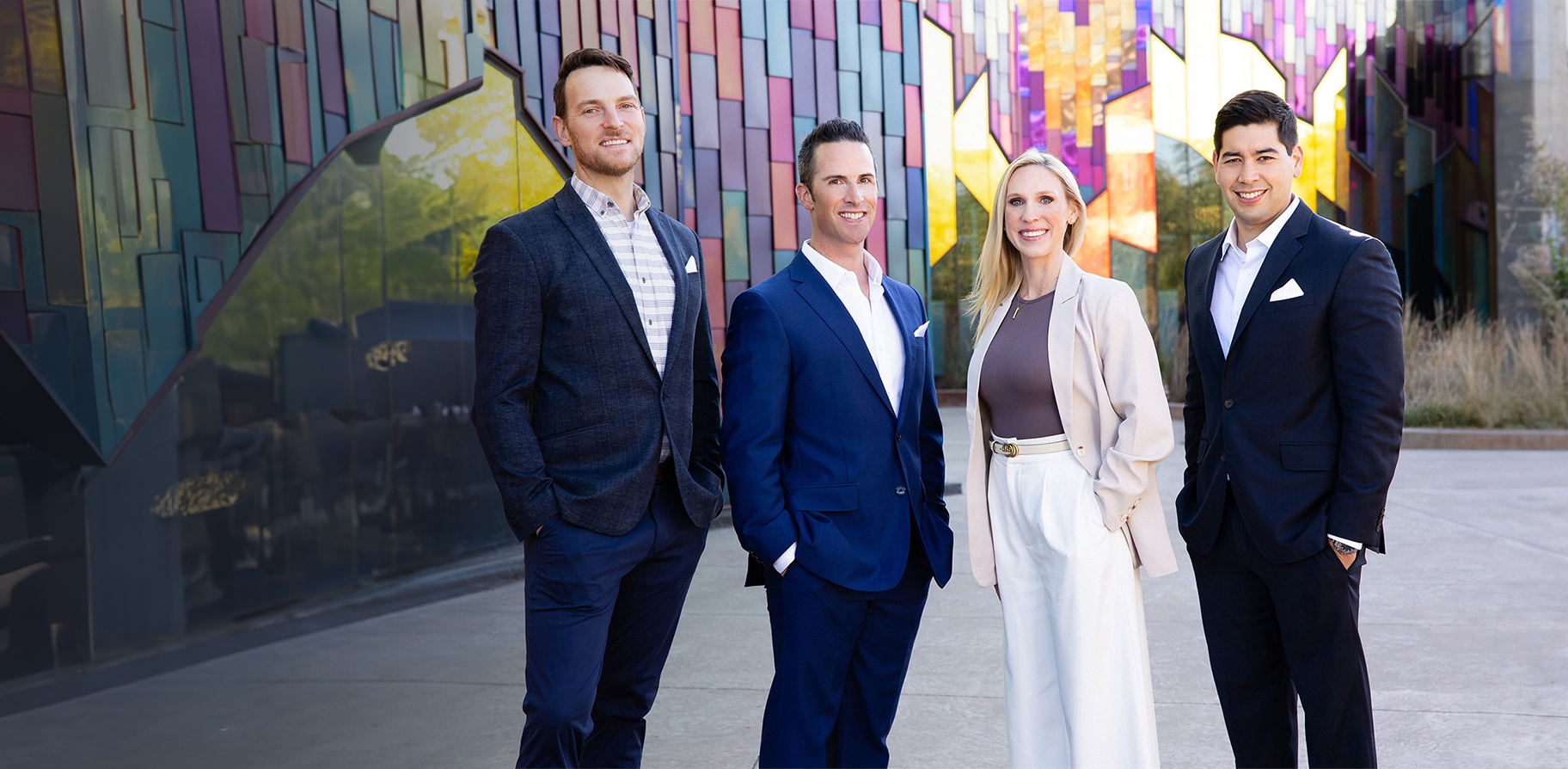
Mastopexy, or breast lift, is a common procedure for women in their mid-30s and beyond. Breasts undergo a variety of changes through the aging process. These changes can be caused by changes in hormonal status or weight fluctuation. When the breast tissue expands during pregnancy to accommodate the milk ducts for breastfeeding, the skin also expands. Unfortunately, once milk production is no longer required, it often leaves the breasts deflated, along with a woman’s confidence. That’s where mastopexy comes in. Here are some common questions we are frequently asked about breast lift.
- Am I a good candidate for mastopexy? The answer to this often depends on the patient’s goals. What a breast lift can accomplish is a breast mound that sits higher on the chest wall, repositions the nipple, and has a natural appearance. Patients who desire more upper pole fullness or more volume would benefit from some sort of augmentation simultaneously. This can be accomplished with either an implant, or sometimes using the patient’s own fat for fat grafting.
- What will my incisions look like after mastopexy? This will depend on the amount of excess skin that is present. It always includes an incision that goes around the areola, and straight down to the inframammary fold, or breast crease. This is often termed the “Lollipop” incision. We often have to add an incision along the crease of the breast in order to create the desired shape and this is termed the “Anchor” incision.
- What will my recovery process consist of after mastopexy? We recommend that everyone take two weeks off work to aid in the recovery process. This includes all forms of work- including child care. We place patients on lift restrictions and arm motion restrictions to help the incisions heal and prevent fluid collections from forming. After two weeks, we allow you to gradually increase activities, and most people are back to full duty by six weeks.
- What can I do to help with the recovery process? Our approach to healing is a holistic approach to medical treatments and general wellness. We will provide you with a surgical bra to wear after surgery that provides support and the right amount of compression to the area. We recommend wearing loose-fitting clothing or clothing with buttons in the front so that you do not have to reach overhead. Practicing a healthy lifestyle, including adequate hydration of at least 80-120 ounces of water a day, eating a well-balanced and high-protein diet, and avoiding inflammatory foods are also beneficial. Arnica supplementation can help with bruising.
If you are interested in learning more about breast lift, we would love for you to schedule a consultation to discuss further with one of our Board Certified Plastic Surgeons.

